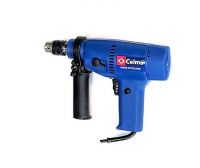 .
.
Today we are going to look at a single-speed, no-impact drill from a bygone era. This is another old piece of equipment that I will try to run here. I have identified the model of the equipment as a Celma PRCb, although the nameplate is partially worn out:
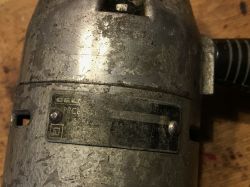 .
.
The first thing I started with was checking the whole thing with a meter. I wanted to check if there was by any chance a short circuit or a puncture on the housing. It appears that everything is fine.
Next, I checked the gears. A socket spanner will come in handy:
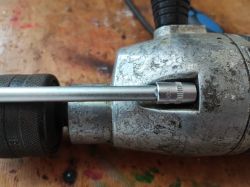
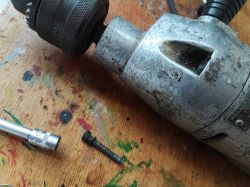 .
.
I don't see the damage, the grease should be changed, but I need to buy or borrow any first:
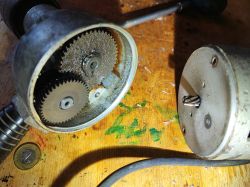
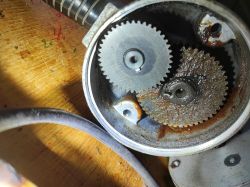 .
.
Then it was time for the brushes. We unscrew them, carefully so that the spring doesn't pop out:
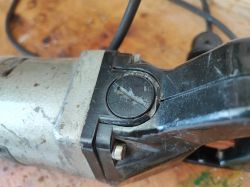 .
.
About her:


Here's the carbon brush. It's not that bad:
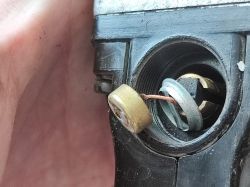
 .
.
Then I decided to connect the whole thing to the power supply and.... works! But what do you mean, without a button?
The button must be faulty or someone has shorted it out. Let's check.
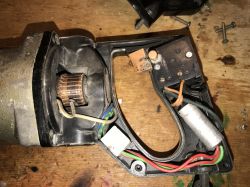
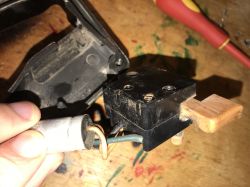
 .
.
Indeed... someone has deliberately omitted the button, is it defective?
Unfortunately in the process of taking it apart the plastic broke:
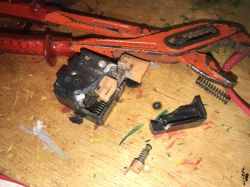 .
.
However, this is a great opportunity to look inside:
 .
.
With this amount of dirt, it is not surprising that this button did not short circuit. I checked with a multimeter. Indeed, there is no contact.

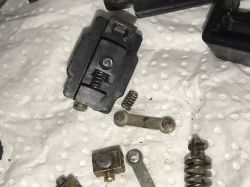
How dirty it all is.... I took a cloth, IPA, a sander and started to gently remove the dirt. By the way, this switch has two modes - either momentary, or you can also push in the pin and lock it temporarily in a shorted state.
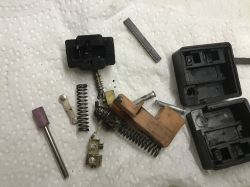 .
.
Pictured in the process of fitting the switch back on:
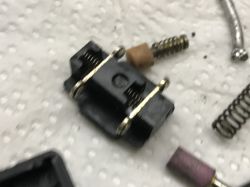
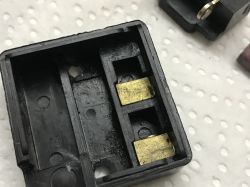
Here a toothpick temporarily holds one of the elements for me:
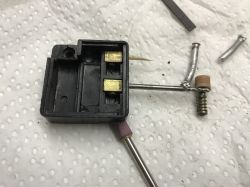 .
.
Turning:

 .
.
I shortened the screws, which were too long, and prevented them from dislodging with a drop of glue.
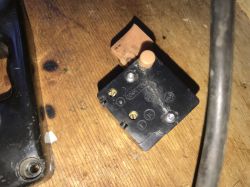
And all this fun was actually a bit of art for art's sake, as the switch can be bought new:
 .
.
Nevertheless, I gave my "sculpture" a chance and success - it works ! Looks like my new old Celma is working.
By the way, I can see brushes to buy too, not bad.
Summary .
This gear is just having a blast. And you can feel that lack of control, because as you've all probably noticed, there's no adjustment here, it's a simple 'on-off' switch. So what if it works and will probably last longer than many Chinese products? And maybe I'm wrong, what are your experiences with the Celma? Is it worth investing in this find? For me personally, this is unfortunately too old a piece of equipment for me to have as I remember, so it's hard for me to determine and I just don't know enough.
Feel free to comment, any advice would certainly be appreciated.
Cool? Ranking DIY Helpful post? Buy me a coffee.







